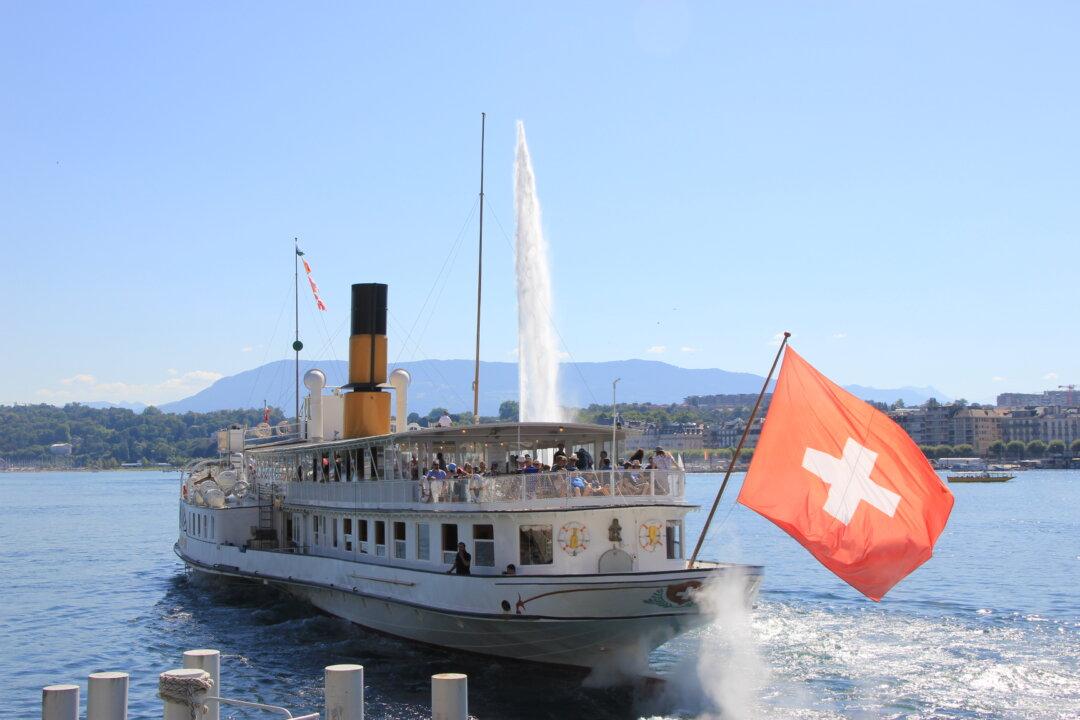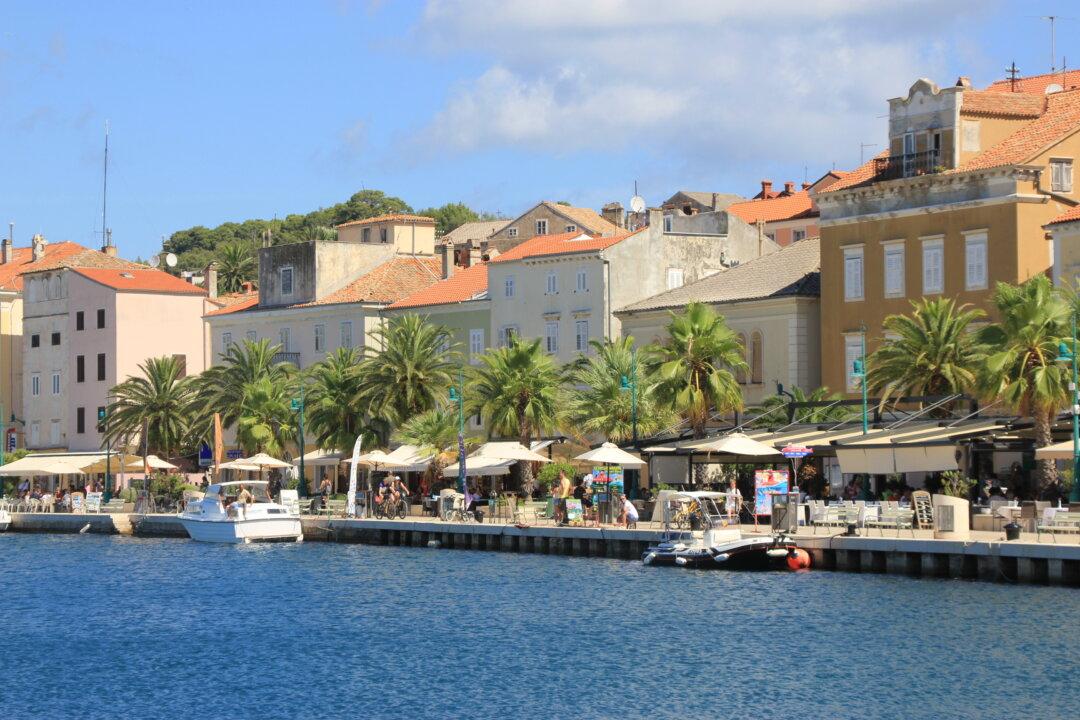ESTREMOZ, Portugal—At first glance, the middle-aged woman with the glasses and grayish hair is just wrapping little clay balls the size of marbles. But within seconds, a head, legs, arms, and then a fully developed figure appear. Together with her sister and nephew, Maria Inácia Fonseca runs the craft studio Irmãs Flores in the small town of Estremoz in Portugal’s Alentejo region. They are three of only 10 people who uphold a tradition that dates back to the 17th century.
Day in and day out, they create small works of art depicting natural elements, local trades and events, popular traditions, and devotions. “I started when I was 13 years old,” Fonseca said. “Since UNESCO inscribed our Estremoz clay figures on the cultural heritage list, we’ve become even busier, though we still only have the same number of hands. I’m ready to retire, but who will continue this work?”





